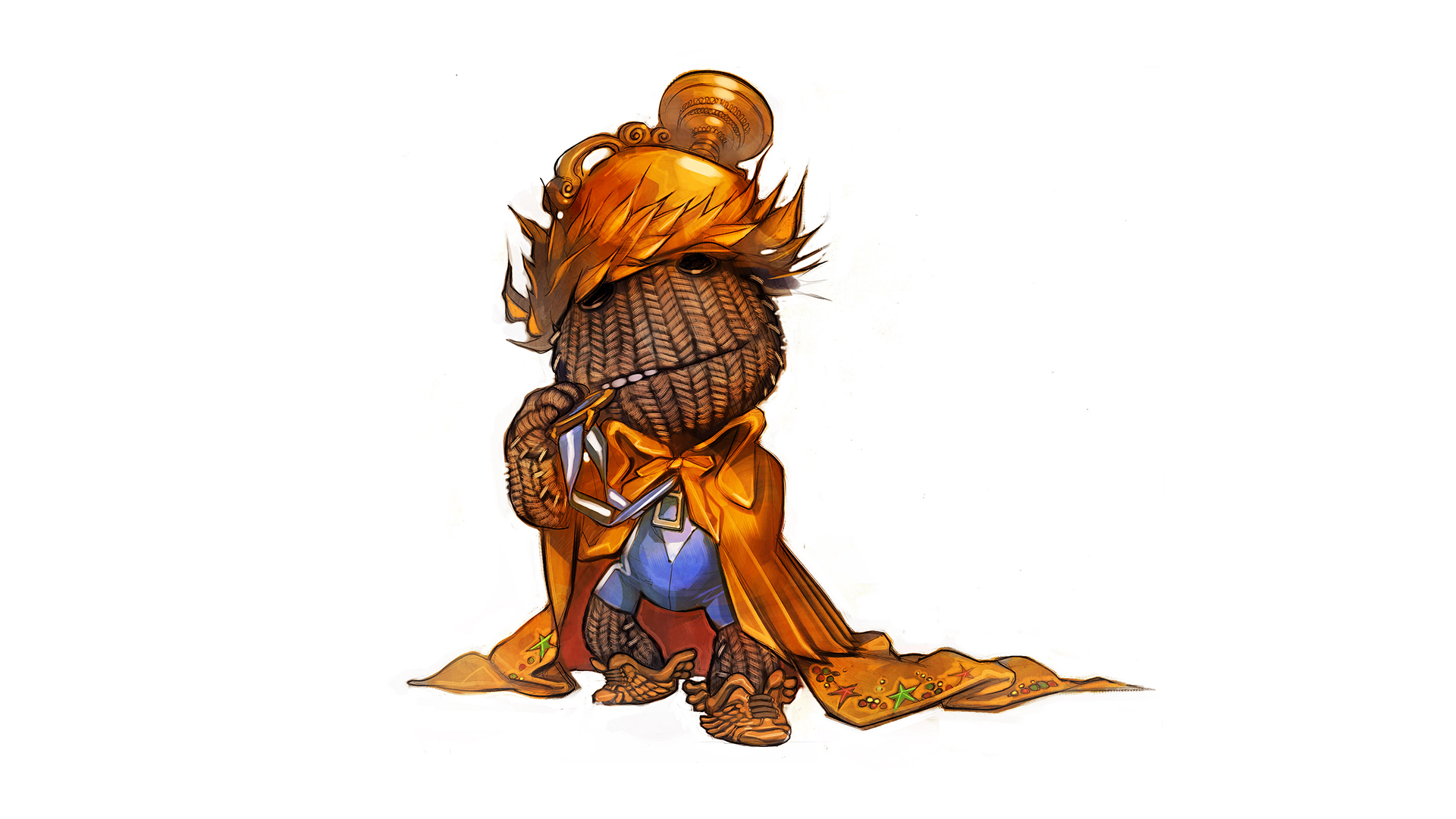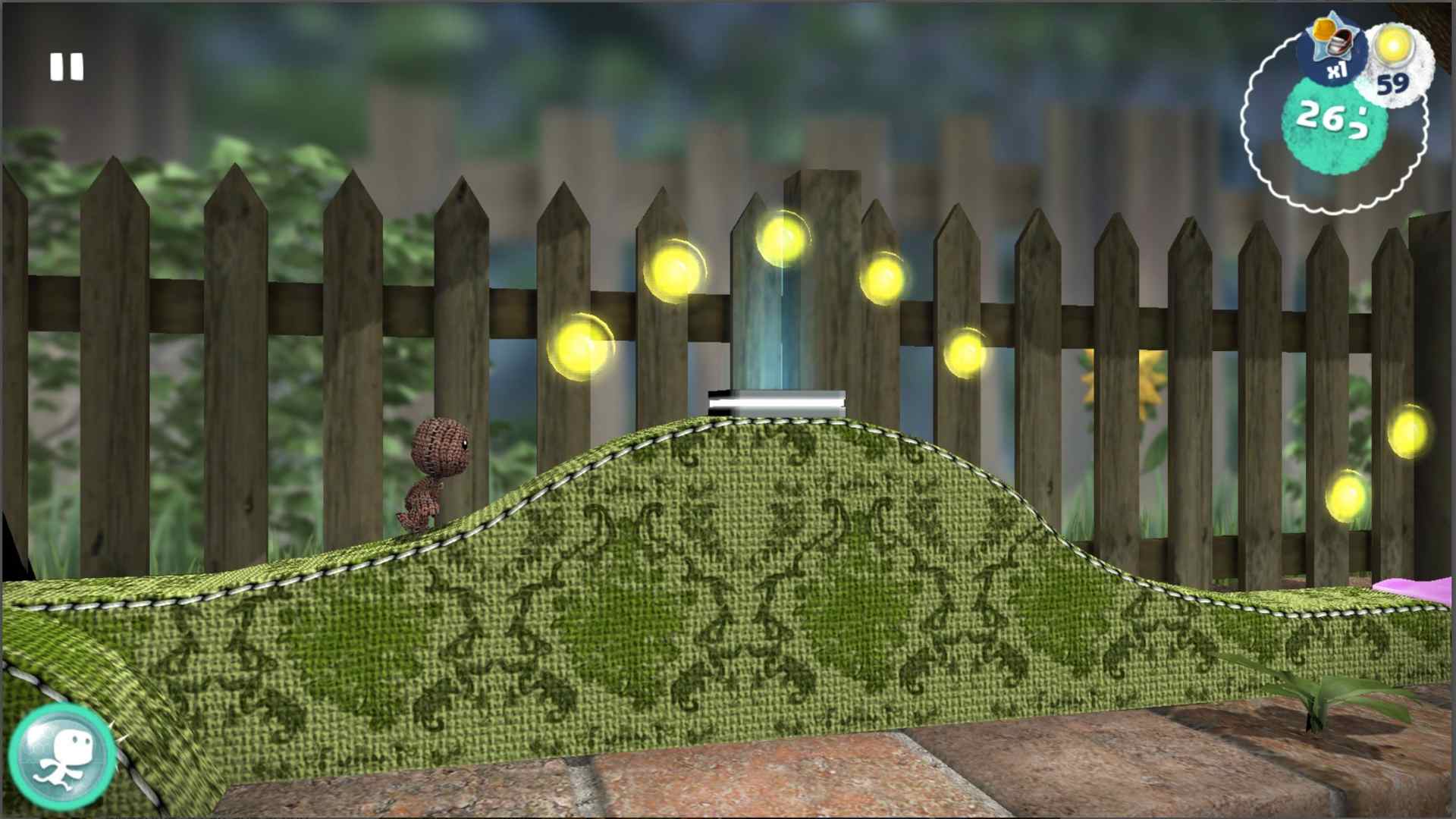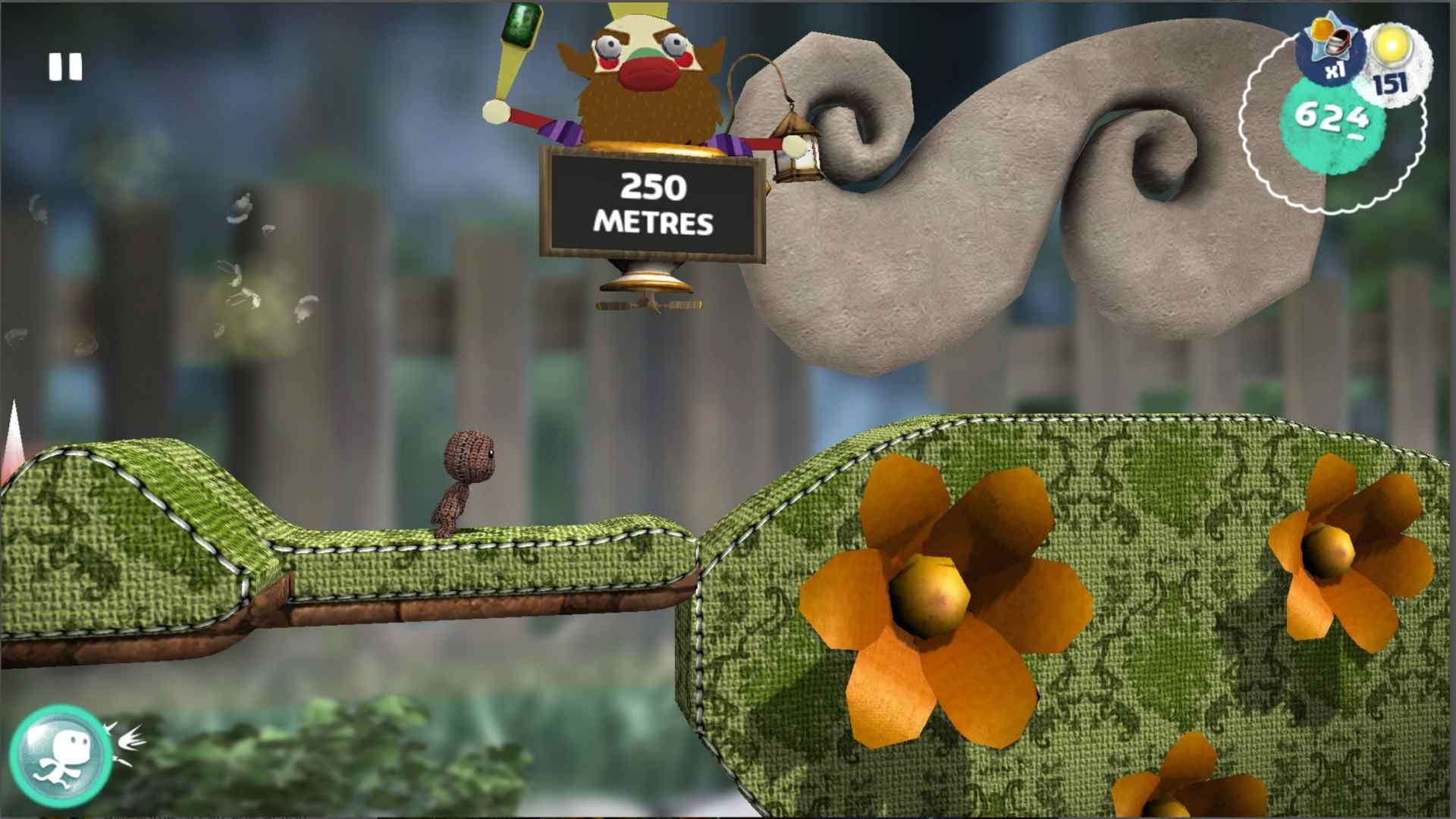Celebrating 10 years of creativity at Firesprite with our project teams
This November, Firesprite turns 10 years old! To mark this significant milestone, we’ve be sharing some special memories and celebrations all month-long, including interviews with our project teams who reflect on our journey so far with never-before-seen insights and work.
PlayStation’s Run Sackboy! Run! challenges players to RUN as fast as they can through an ever-changing handcrafted world!
Developed in collaboration with Sony and released in 2014, Run Sackboy! Run! is a mobile endless runner packed with endless fun. The game features iconic worlds and characters from Media Molecule’s multi-award winning LittleBigPlanet and has enjoyed over 10 million downloads since launch.
Today we talk to Firesprite founding members, Director of Tools & Technology Chris Roberts, and Game Director Stuart Tilley, on Firesprite’s role as a key development partner for PlayStation’s mobile adventure, the joy of working with the innovative world of LittleBigPlanet and their fondest project memories.

Describe the experience of working with our talented friends Media Molecule’s iconic world of LittleBigPlanet?
Stu: There is so much cool stuff in that world to draw upon! Like The Negativatron who chases you across Sackworld. We had access to the majority of the assets from the original games including all the stickers, which was incredible and instrumental to help design unique obstacles for RSBR which fit in within the quirky style of the universe.
Chris: It was a lot of fun working with the LBP universe and, even though RSBR was written completely from scratch on mobile platforms, the game tries to keep everything as faithful as possible could to the original – I think RSBR managed to do the franchise justice whilst bringing something new to the very crowded endless runner market.
What are some of your most memorable moments from Firesprite’s time with PlayStation’s mobile endless runner?
Stu: For me, it was seeing the launch of the game as a whole. Being able to see initial design, right through to launch in a new genre, and a different business model, is something I’m very proud to have been a part of.
Chris: The rendering engine was custom written (rather than using Unity or something similar) and had very bespoke systems unique to this game including character animation and blending, parallax backgrounds, and a highly optimal system for rendering the scenery that allowed geometry culling at almost polygon accuracy. This allowed RSBR to run at 60fps - even on very low spec phones and tablets.

What fun facts or unknown easter eggs can you share with us about the game?
Stu: The time limited Santa costume still appears every December, even though we haven’t touched the game for years!
Chris: One thing that I believe helped us recreate the “crafted” feel of LBP was the way in which our scenery and baddies were authored. Even though it was never the intention for players to be able to make their own game levels like you can in LBP, it was always the goal to keep the unique vibe that came from this way of creating things, so similar tools were developed to build the game assets. Level designers could just ‘draw’ the platforms that Sackboy would run on with painting tools, and the enemies and objects were built from pieces stuck together using different behaviours in a similar way to the original game. This also allowed quite a lot of variety into the environments.
Looking back, what advice would current-day you give to your younger self first day on the project?
Stu: Try not to worry as much! Just be aware that every project is difficult in its own way and that you’re part of a team who can help figure out solutions to all the problems together.
What were some of the challenges that the teams had to tackle?
Stu: One of the most interesting challenges was in level design. A huge number of short sections were created which are then connected based on some rules. However, every time you made a cool and memorable section (something which you strive to do as a level designer!) it was obvious that it repeated regularly during play. So, a challenge was actually to make non-memorable levels! This realisation in the level design process to create sections which aren’t too unique or memorable was brought directly to the procedurally generated layouts in The Persistence.

How did it feel to see the project release and the community and player response?
Stu: It’s always a great buzz when you ship a game, and it was so exciting to see Sackboy brought to mobile gaming.
Chris: Great. I think RSBR had over 10 million downloads – so more people have probably played this game than anything else I’ve worked on so far.
As one of the studio’s very first collaborations, what did the opportunity to work as a development partner on Run Sackboy! Run! mean for Firesprite?
Chris: RSBR was a great title for Firesprite – it was a giant leap out of our comfort zone. Previously at Sony Studio Liverpool we were focussed on single platform, console experiences – at Firesprite, we dove straight into a free-to-play, mobile title, but tried to bring all the console production values with us that we could.
Almost simultaneously we started a co-dev relationship with Team ASOBI to develop THE PLAYROOM, so there was never a time when we abandoned our console roots. There were tons of great things going on in the early days of Firesprite with lots of new ideas, platforms, hardware, and partners that we got to work with!
Stu: Not 100% related to the game, but we started working as a partner on the game when Firesprite was in its very infancy. I was developing on a crumbly old Mac Laptop (I’d never used one before!), and we had very primitive tools, software, and infrastructure compared to today. It was amazing how Chris and Stu L got us up and running so quickly, planting the seeds for the success and growth to follow!




